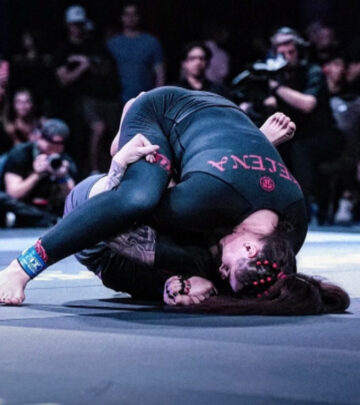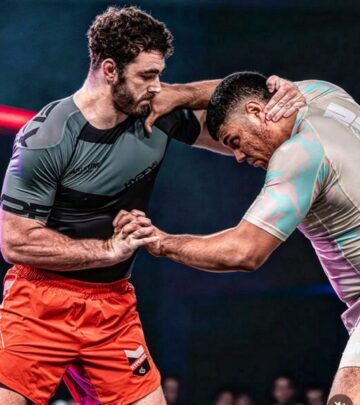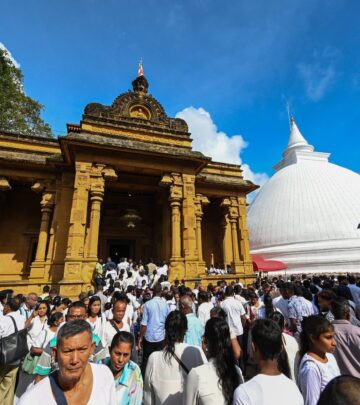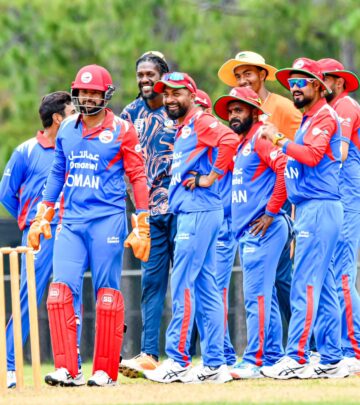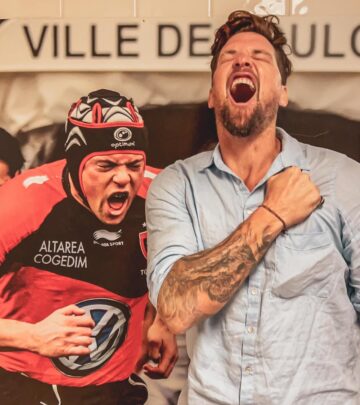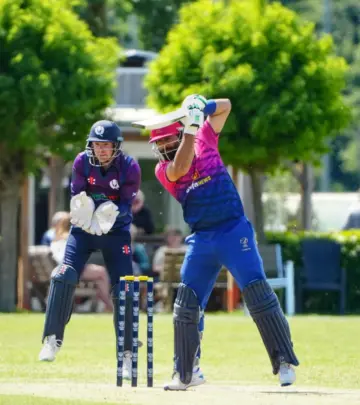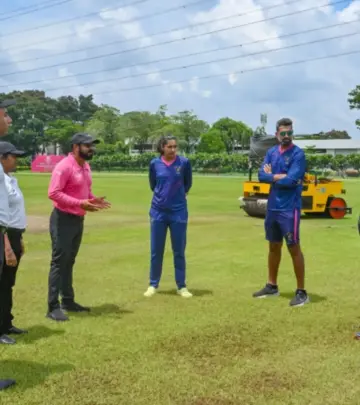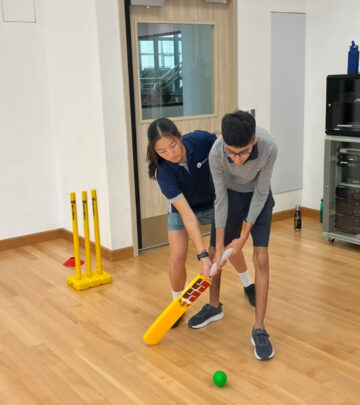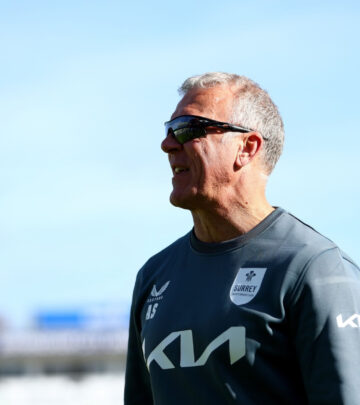Tension Management In Jiu Jitsu With Coach John Danaher
Insightful tips for combat sports: Manage tension smartly with coach John Danaher’s expert
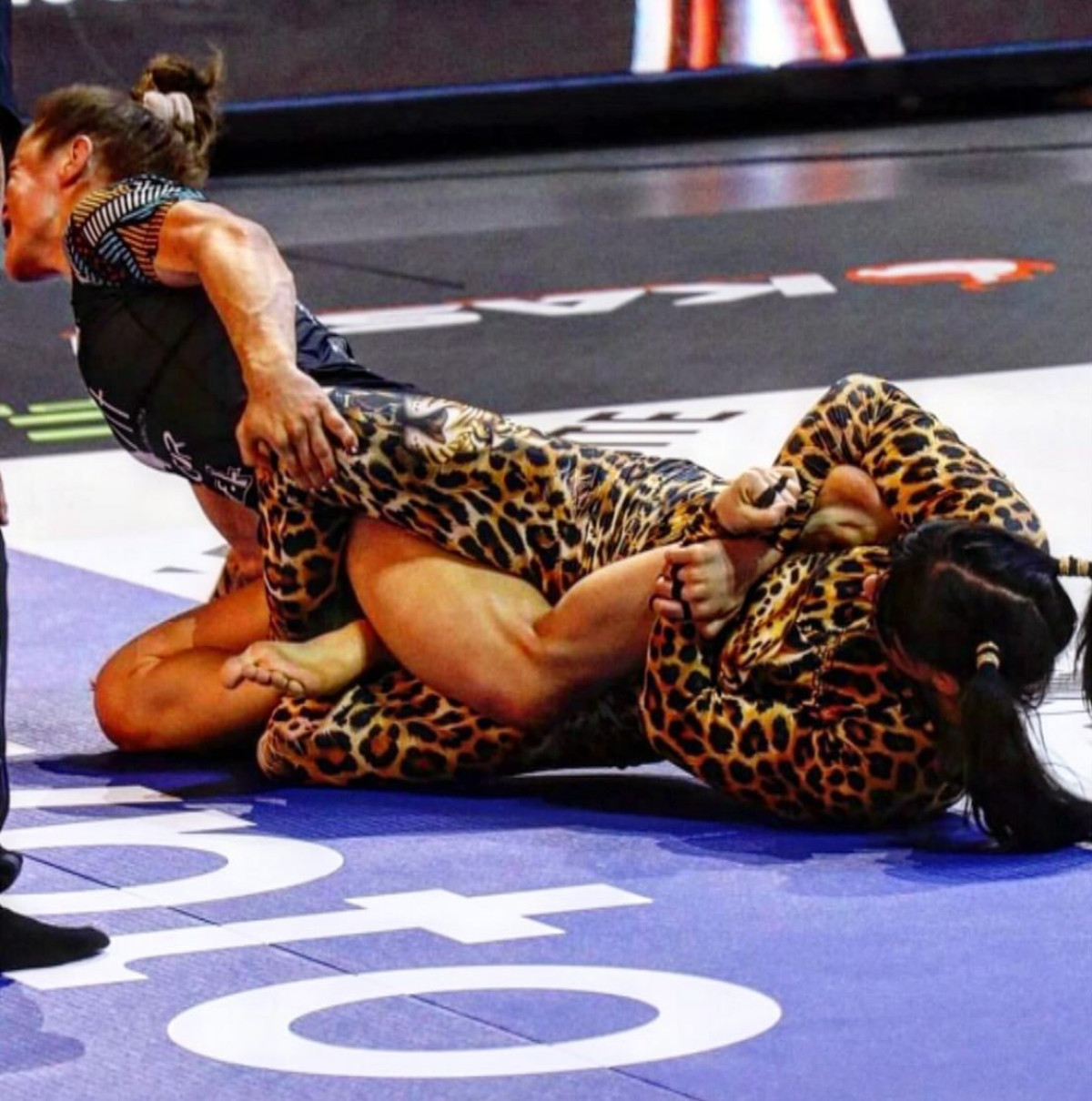
Image: Instagram
Coach John Danaher, one of the most respected figures in the world of Brazilian Jiu Jitsu, has once again shared his tactical insight into a core aspect of combat sports—tension management. In his latest message, Danaher notes that maximum tension should be used sparingly in combat sports. He cautions that while tension can power a decisive move, its prolonged use can bring undesirable consequences.
Tension Management: The Gas Pedal Of Jiu Jitsu
Drawing an analogy with driving, Danaher explains that tension in combat is similar to using a gas pedal in your car. In everyday driving, you wouldn’t press the accelerator to the floor for the entire journey; instead, you modulate your speed based on conditions. In the same way, Jiu jitsu practitioners are advised to use maximum tension only when the situation demands it. According to Danaher, if your skill level successfully harnesses that burst of power, it is an excellent result. If not, you must quickly release the tension and move into the next phase of the engagement.
This perspective underlines an important principle in combat sports—the time under tension is what affects performance. It’s not the tension itself that causes damage; it’s the extended period of being under tension that may sap energy or lead to mistakes. Danaher’s practical advice emphasizes the importance of discerning when to deploy this critical element in competition. He advises practitioners to develop the sensitivity needed to decide the precise moment when breaching their normal state becomes necessary.
Technique And Timing
In addition to discussing tension management, Danaher’s insights extend to technique and timing. His philosophy centers on mastering the basics, such as maintaining a solid stance. In previous Instagram posts, he has highlighted that the firm establishment of a strong stance is essential in any combat scenario. When your foundation is stable, every move becomes more effective, and you are better prepared to adjust quickly when engaging an opponent.
Danaher’s analogy of tension as a gas pedal illustrates another essential lesson: technique should be exercised with precision and discernment. This is particularly useful for athletes in Jiu jitsu, where every movement needs to be adapted in fractions of a second. In his vast experience as both a coach and innovator, Danaher has stressed the need for controlled aggression—a balanced approach that avoids overcommitting energy at the wrong time.
Insights From Coach Danaher
The renowned coach has built his reputation on transforming theoretical principles into actionable techniques that work in real match conditions. His Instagram post (https://www.instagram.com/p/DJr67yZS5IN/) put forth this metaphor of the gas pedal, urging athletes to be deliberate with their bursts of power. This reflective analogy has resonated with many students and professionals in the combat sports community. Danaher’s approach reflects decades of deep research into the mechanics of martial arts and underlines the importance of understanding the body’s mechanics in relation to the laws of physics.
John Danaher’s career, which is detailed comprehensively on public resources such as his biography pages, has always been centered on the critical interplay of strategy, technique, and physical execution. Widely known as a coach who constantly examines the nuances of movement and timing, his advice is practical, straightforward, and grounded in sound training principles. His latest message adds a crucial layer to this body of work by emphasizing the strategic use of tension.
In one of his earlier posts, Danaher stated, “Maximum tension has to be used sparingly in combat sports as it has many bad effects when overused – but when it’s time to use it – use it!!” This direct and emphatic style is a hallmark of his communication, which appeals not only to high-level athletes but also to practitioners refining their skills. It clearly encapsulates the essence of his training philosophy—a blend of caution, precision, and bold action when the moment calls for it.
The Practical Application In Training
The practical takeaway for Jiu jitsu practitioners is to integrate tension management into their training regimen. Just as a driver cautiously applies the gas pedal to navigate different terrains, athletes must learn to apply tension in measured bursts. Danaher’s guidance suggests that understanding one’s own limits and anticipating the opponent’s reactions are key to mastering this skill. Through deliberate practice, one can learn the critical balance between building tension and releasing it at the right moment.
Several of his previous Instagram updates provide further context about his coaching philosophy. For instance, posts that focus on the integrity of a stance and the subtle adjustments during sparring sessions illustrate how mechanical efficiency is paramount. The idea is consistent: don’t overapply pressure—use it judiciously and always be ready to transition smoothly. This holistic approach has been highly influential in training methodologies in competitive Jiu jitsu circles.
Moreover, Danaher’s advice is backed by years of experience watching hundreds of matches and training sessions, where the difference between victory and defeat often came down to the ability to manage energy and maintain composure in critical moments. His insights have not only shaped the careers of elite fighters but have also contributed to evolving training paradigms across combat sports.
As the community continues to analyze and apply Danaher’s strategies, the importance of tactical tension management remains a central topic in recent discussions online. His clear comparisons and pragmatic teachings resonate well with combat sports athletes, who are continually learning to navigate the delicate balance between aggression and control.
This latest perspective from coach Danaher serves as a practical reminder that, in sports as physically demanding as Jiu jitsu, every detail—from tension management to impeccable stances—plays a critical role in success. His advice, grounded in decades of research and real-world experience, stands as a testament to the sophisticated nature of modern martial arts training.
Ultimately, the message is simple yet profound: use tension like a tool—deploy it intelligently, and be prepared to release it when necessary. This focused strategy gives fighters an edge by optimizing energy and enhancing technical execution on the mat.
Read full bio of Srijita De



